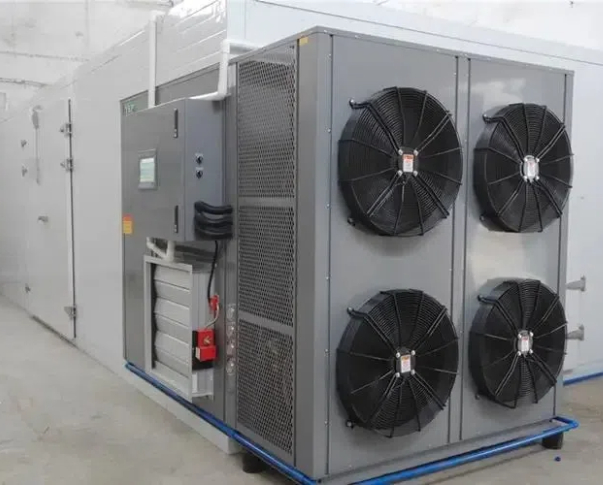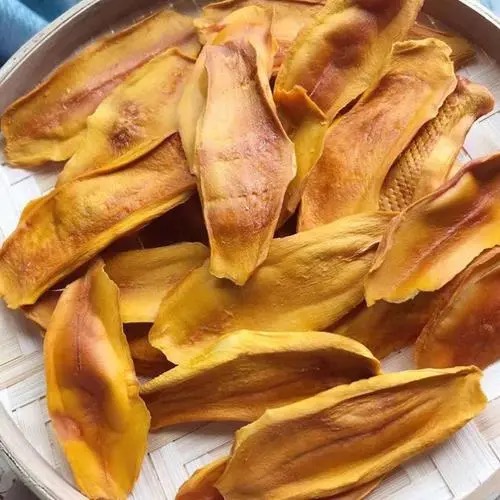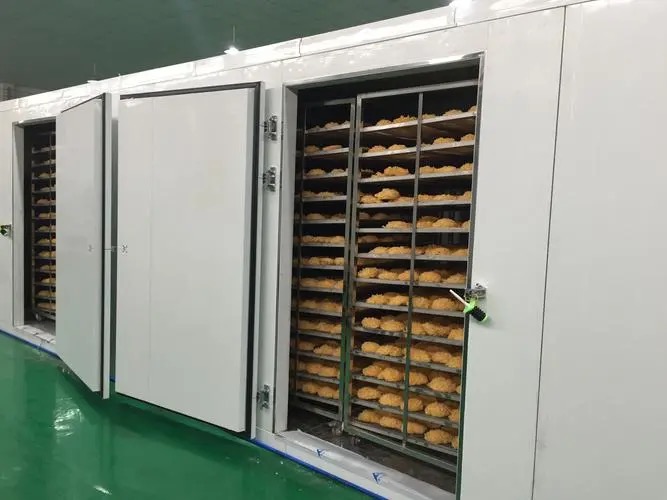
Content Menu
● Introduction
● What is a Heat Pump Dryer?
● How Does a Heat Pump Dryer Work?
>> 1. Air Circulation
>> 2. Moisture Extraction
>> 3. Condensation
>> 4. Recycling Air
● Benefits of Heat Pump Dryers
● Considerations When Buying a Heat Pump Dryer
● Conclusion
● Related Questions and Answers
>> 1. What is the main advantage of a heat pump dryer?
>> 2. Can heat pump dryers be installed anywhere?
>> 3. How often do I need to clean a heat pump dryer?
>> 4. Are heat pump dryers suitable for all types of fabrics?
>> 5. What is the typical lifespan of a heat pump dryer?
Introduction
Heat pump dryers are revolutionizing the way we dry our clothes, offering an energy-efficient alternative to traditional dryers. Unlike conventional dryers that expel hot air and moisture outside, heat pump dryers recycle air, making them more environmentally friendly and cost-effective. This article will delve into the mechanics of heat pump dryers, their benefits, and considerations for potential buyers.
What is a Heat Pump Dryer?
A heat pump dryer is a type of clothes dryer that uses a heat pump to dry clothes. It operates on a closed-loop system, which means it recycles the air used in the drying process. This technology allows the dryer to use significantly less energy compared to traditional vented dryers.
How Does a Heat Pump Dryer Work?
The operation of a heat pump dryer can be broken down into several key steps:
1. Air Circulation
The dryer draws in air from the surrounding environment. This air is then heated by the heat pump.
2. Moisture Extraction
The warm air is circulated through the drum containing wet clothes. As the air passes through the clothes, it absorbs moisture.
3. Condensation
The moist air is then directed to a heat exchanger, where it cools down. As the air cools, the moisture condenses into water, which is collected in a reservoir or drained away.
4. Recycling Air
The now-dry air is reheated and recirculated back into the drum, continuing the drying process.
This cycle repeats until the clothes are dry, making the process highly efficient.

Benefits of Heat Pump Dryers
Heat pump dryers offer several advantages over traditional dryers:
1. Energy Efficiency: They consume significantly less energy, often using only a third of the energy of conventional dryers. This can lead to substantial savings on energy bills.
2. Gentle on Fabrics: The lower drying temperatures are gentler on clothes, reducing wear and tear and extending the life of garments.
3. No Venting Required: Heat pump dryers do not require external venting, allowing for flexible installation options in various spaces.
4. Environmentally Friendly: By using less energy, heat pump dryers contribute to a reduction in carbon emissions.

Considerations When Buying a Heat Pump Dryer
While heat pump dryers have many benefits, there are also some considerations to keep in mind:
1. Initial Cost: Heat pump dryers tend to have a higher upfront cost compared to traditional dryers. However, the energy savings can offset this over time.
2. Drying Time: They may take longer to dry clothes than conventional dryers, which can be a factor for those in a hurry.
3. Maintenance: Regular maintenance is required to keep the heat pump and filters clean for optimal performance.
Conclusion
Heat pump dryers represent a significant advancement in laundry technology, combining efficiency with convenience. As more consumers become aware of their benefits, these dryers are likely to become a popular choice for eco-conscious households.

Related Questions and Answers
1. What is the main advantage of a heat pump dryer?
The main advantage is energy efficiency, as they use significantly less energy than traditional dryers.
2. Can heat pump dryers be installed anywhere?
Yes, they do not require external venting, allowing for flexible installation in various locations.
3. How often do I need to clean a heat pump dryer?
It is recommended to clean the filters and heat exchanger regularly, typically every few months, to maintain efficiency.
4. Are heat pump dryers suitable for all types of fabrics?
Yes, they are gentle on fabrics and suitable for a wide range of materials, including delicates.
5. What is the typical lifespan of a heat pump dryer?
With proper maintenance, a heat pump dryer can last around 10 to 15 years, similar to traditional dryers.












